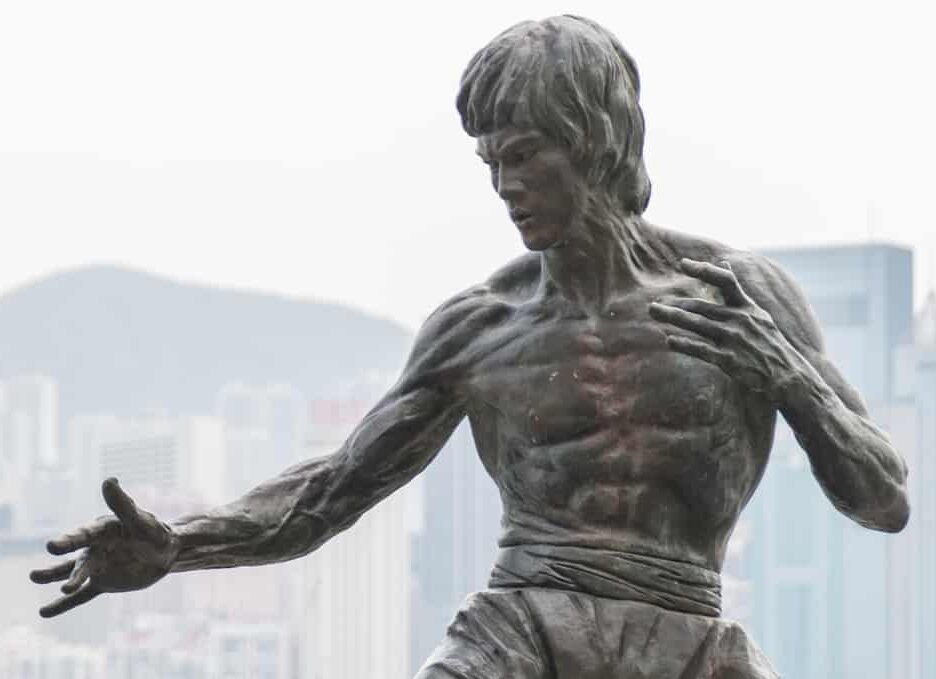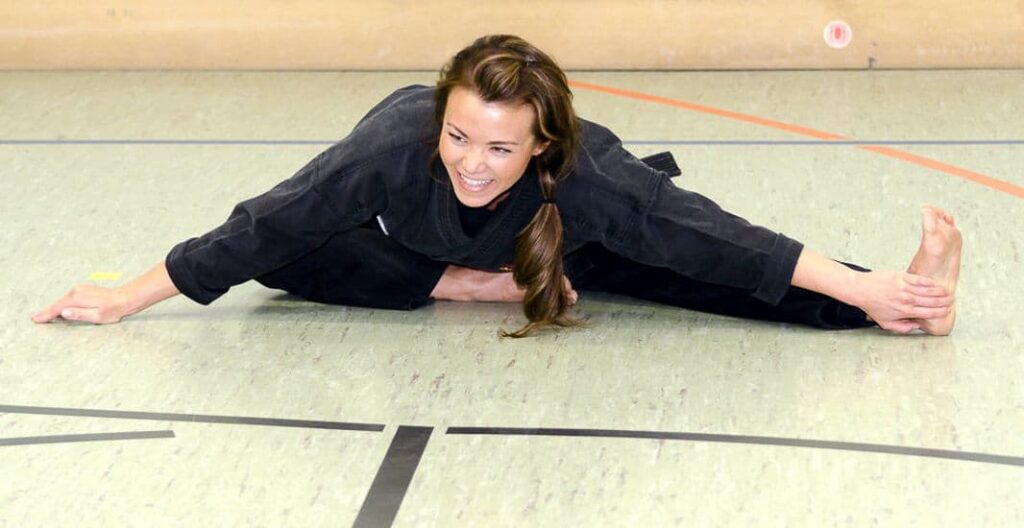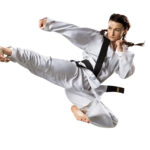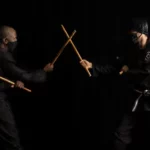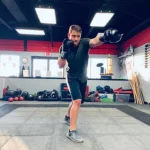“The unity of spirit, mind, soul, and body” is the literal translation of a North American martial art form known as Kara Ho Kempo. This “vital point striking” martial art form is said to have originated from Hawaii located in the United States of America. Furthermore, this form of combat lays emphasis on attacking the “vital points” in a human body. In addition, this form of combat basically teaches the art of “self defense” especially against the use of weapons and multiple attackers.
a. History/origin of the Kara Ho Kempo:
This form of martial art was developed in Hawaii by a martial artist named William Kwai Sun Chow during the 1930’s. Furthermore, it was eventually in the year 1978 that Chow along with one of his student named Samuel Alama Kuoha established an organization called “Kwai Sun Company” so as to popularize “Kara Ho Kempo” as a form of martial art. In addition, this organization apart from providing for training in this martial art form also provides for membership and dan rank promotions for over 150 schools worldwide. Currently, this form of martial art form comprises of a membership of 5000 students mostly belonging to the United States of America.
b. Weapon used in the Kara Ho Kempo:
In this form of martial art “the hands and legs” are mainly used as a weapon in equal measure. In addition, a total of 18 weapons belonging to Japan, China, and Philippines may also be used in this form of combat.
c. Technique involved in the Kara Ho Kempo and training availability:
In terms of technique, a fighter makes use of “striking” by using a rapid combination of “punches and kicks” to defeat an opponent. Furthermore, a fighter basically also needs to identify and attack the “vital areas” of the opponent. As for training centers/schools, there are a number of them available especially in the United States of America for those who intend to learn this “vital point striking” martial art form.
image credit ')}
